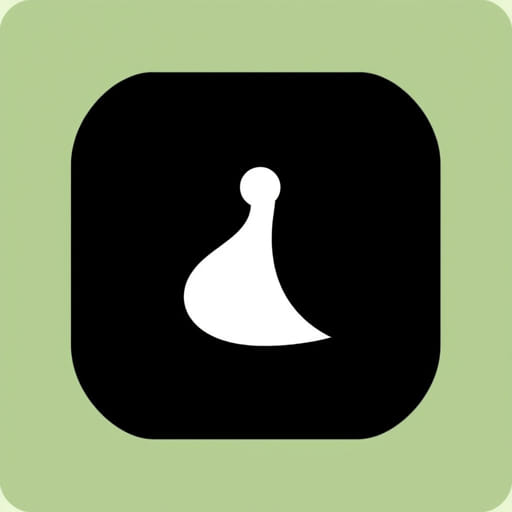Language is a powerful tool, and spelling is one of its key components. Whether you’re reading literature or writing a letter, knowing how to correctly spell words can significantly impact your clarity and communication. One word that occasionally comes up in discussions, especially in historical or literary contexts, is the word ‘trollop.’ Understanding how to spell ‘trollop,’ what it means, and how it is used can enhance your vocabulary and reading comprehension. This topic explores the spelling, pronunciation, usage, and origins of the word ‘trollop’ in detail.
Spelling the Word ‘Trollop’
The word ‘trollop’ is spelled T-R-O-L-L-O-P. It consists of seven letters and is fairly simple to pronounce once you are familiar with it. The correct order of the letters is important to avoid confusion with other similar-sounding words or misspellings. It is a noun and used in a very specific context, which makes its correct spelling essential when used in writing or discussion.
Breaking Down the Word
- T The first letter is a capital ‘T’ when starting a sentence or used as a title.
- R The second letter follows naturally after T.
- O The third letter provides the first vowel sound.
- LandL The fourth and fifth letters are a double L, which is key to the word’s spelling.
- O The sixth letter is a repeated vowel that softens the word’s middle.
- P The final letter completes the noun.
Because ‘trollop’ has a double L, people often mistakenly spell it with a single L, like trolop, which is incorrect. Always remember to include both Ls when writing the word.
Meaning and Definition of Trollop
The word trollop is considered an old-fashioned and somewhat offensive term that refers to a woman who is perceived as being promiscuous or having low moral standards. The term was more commonly used in the past, particularly in 18th and 19th century English literature and speech. It is not commonly used in modern polite conversation but may appear in historical fiction, satire, or when portraying a certain time period accurately.
Modern Usage and Sensitivity
It’s important to use words like trollop with caution. While it has a historical basis and literary presence, its connotation can be derogatory. In contemporary discussions about gender equality and respectful language, such terms are often avoided or critically examined. Writers and speakers should be aware of their audience and the impact of using loaded vocabulary.
Pronunciation of Trollop
Phonetically, the word trollop is pronounced as /ËtrÉl.Ép/ in British English and /ËtrÉË.lÉp/ in American English. The emphasis is on the first syllable, trol. The second syllable is soft and ends with a p sound. Practicing the pronunciation helps with both spelling and understanding the word when encountered in speech.
Tips for Proper Pronunciation
- Break it into syllables: TROL-lop.
- Say it slowly at first, then gradually speed up to natural speech speed.
- Use a dictionary with audio pronunciation if unsure.
Examples of Trollop in a Sentence
Understanding how to spell and use ‘trollop’ in context is important. Here are a few examples to demonstrate its correct use:
- ‘He accused her of behaving like a trollop, though his judgment was unfair.’
- ‘The novel’s antagonist was portrayed as a crude trollop who caused social scandal.’
- ‘In Victorian times, calling someone a trollop was a serious insult.’
Each example reflects the term’s tone and suggests a specific character trait that is being criticized. These sentences also highlight why understanding the context and sensitivity of such words is critical.
Historical and Literary Roots
The word trollop dates back to at least the 17th century. It is believed to have developed from the word trull, which itself was a derogatory term for a woman of loose character. Trollop evolved as a slightly more descriptive variation, often used in satire or drama to comment on social behavior. Many classical works and early novels featured such terms to reflect class distinctions or gender biases of the time.
Appearance in Literature
Writers like Charles Dickens and William Thackeray occasionally used terms like trollop to describe characters that broke social norms. This helped define moral standards and character archetypes in their stories. Readers can understand social history better by paying attention to these terms and their usage.
Alternative Words and Synonyms
Because trollop is considered outdated and offensive, writers today often choose alternative words that are less harsh or carry more accurate descriptions. These include:
- Promiscuous woman (neutral/clinical)
- Free-spirited (positive or neutral, depending on context)
- Scandalous (more general)
- Flirtatious (light-hearted, less judgmental)
Choosing the right term depends on the tone of your writing and the impression you want to give.
Why Spelling Matters
Getting the spelling of trollop right ensures clear communication, especially when writing essays, critiques, or analyzing literature. Misspelling it can reduce your credibility as a writer or confuse the reader. Furthermore, correct spelling is essential when quoting historical texts or writing period-accurate fiction.
Common Spelling Mistakes
- Trolop Missing one l.
- Trollap Incorrect vowel at the end.
- Trollip Misplacing the last consonant.
To avoid these mistakes, it’s helpful to use spell-check tools, dictionaries, and regular vocabulary practice.
The word trollop may not be part of everyday conversation today, but it still appears in literature and discussions of language history. Spelling it correctly T-R-O-L-L-O-P is a simple but important skill for readers, writers, and language learners alike. While its meaning and usage come with cultural and historical baggage, understanding words like trollop deepens your grasp of English vocabulary, character portrayal, and societal changes in language. Always consider context, tone, and audience before using such a term in writing or speech.
